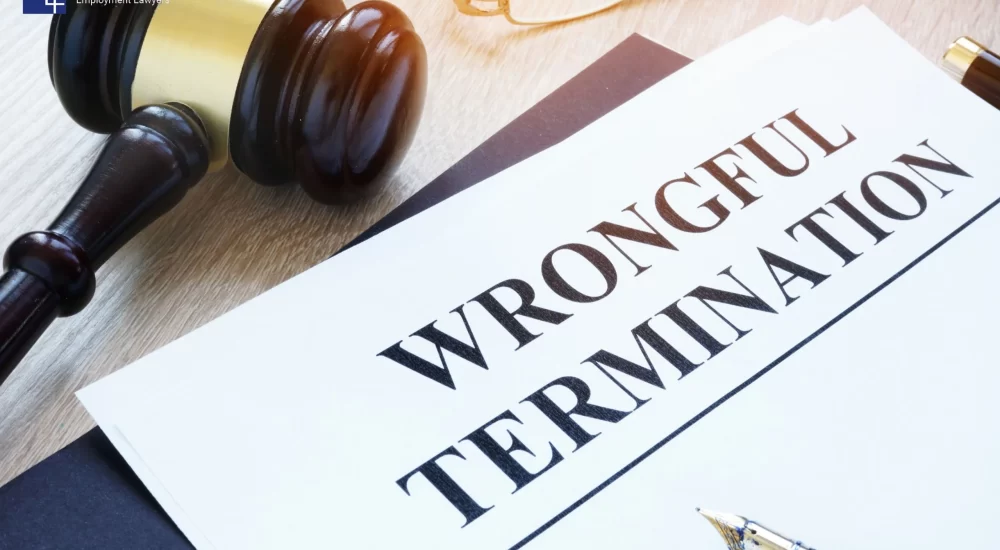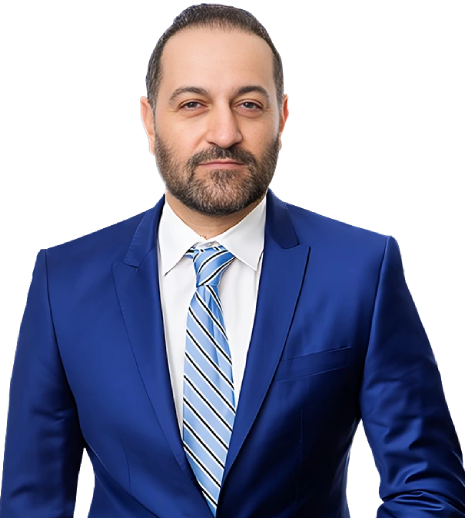What Is Considered Wrongful Termination in California?

California is one of many states that abide by the “at will” standard for employment. This means that an employer can terminate a worker at any time. The same is true for workers, who are free to quit at a moment’s notice. In some cases, though, an employer may violate one or more of the state’s labor laws that protect workers from wrongful termination. Many of these workers may wonder, “What is considered wrongful termination in California?”
What Constitutes Wrongful Termination in California?
Protections against wrongful termination are enforced by the state’s Labor Commission. There are several sections of the labor code that address wrongful termination. For example, California’s Labor Code Section 6310 prohibits employers from firing employees who voice concerns about safety or health conditions in the workplace.
Wrongful termination occurs when an employer terminates an employee in violation of state or federal law. No employee can be fired for exercising their rights. Any termination that is discriminatory in nature may also constitute wrongful termination.
To prove wrongful termination, your labor law attorney can gather evidence that supports your case. Internal communications, your testimony, witness statements, and other forms of evidence can be used to show that your termination was unlawful. In some cases, showing violations of the terms of your employment contract may be required. If you have positive past performance reviews, those can also strengthen your case.
The goal of your wrongful termination lawyer is to help you receive compensation for your suffering. Possible forms of relief could include a lump-sum settlement offer, reinstatement at your former place of work, or both. Every case is different, and the form of compensation depends in part on how much harm you suffered as a result of your wrongful termination.
Examples of Wrongful Termination
Common reasons for unlawful termination in California include discrimination based on disability, age, and pregnancy. Discrimination-based termination is unlawful. No worker can be terminated based on protected characteristics such as gender, gender identity, race, age, religion, or other identifying traits.
Firing someone for missing work on an important religious holiday is one potential example of discrimination-based firing. Another common type of wrongful termination relates to protected activities. Workers have protected rights to report workplace harassment or discrimination. Participating in an investigation is also protected. You cannot be discharged for reporting safety issues to a government agency.
Breach of contract can also be grounds for taking legal action against your former employer. If an employer contracts with someone for two months of work and then terminates the contract after one month without good cause, the contractor may have grounds for taking legal action against the employer. Any breach of a contractual agreement is a serious matter.
Constructive discharge occurs when an employer creates such an intolerable work environment that an employee is effectively forced to resign. This is also a potential form of wrongful termination. One example could be an employer assigning dangerous tasks to a worker who has already reported safety concerns.
When to Take Legal Action
If you were discharged from your job due to an unlawful reason, the first step you should take is to consult with an employment law attorney. Many wage and hour lawyers work on a contingency basis, meaning that they are only paid when you are. Your attorney may advise that you begin collecting evidence that can be used to strengthen your case. Taking notes while your memory is fresh can be very helpful.
Your lawyer can negotiate on your behalf, working to achieve the highest possible settlement for you. Your attorney can also represent you in court if your case goes to trial. Many wrongful termination cases result in a settlement before a trial is ever needed. One of the key benefits of working with an attorney is the peace and reassurance that it affords you.
FAQs
Q: What Are the Grounds for Wrongful Termination in California?
A: Wrongful termination happens when an employer violates a state or federal law when discharging an employee. Employers are required to abide by the terms of the employment contract. Wrongful termination can also result in someone being fired for exercising their rights. For example, a boss cannot fire someone because they raised workplace safety concerns.
Q: What Are Examples of Wrongful Termination?
A: Someone being fired for needing medical/disability leave or for reporting workplace hazards to a governmental agency would be an example of a wrongful termination. Any breach of contract when terminating a worker or contractor could also be considered a wrongful termination. No worker can be discharged for discriminatory reasons, such as those that are due to their protected characteristics.
Q: Does an Employer Have to Give a Reason for Termination in California?
A: California is an at-will state, meaning that an employer can fire a worker for any lawful reason at any time. The employer does not have to state why. Workers cannot be fired for unlawful reasons. A boss may not state that they fired someone for discriminatory reasons, but the evidence may show otherwise.
Q: What Is the Average Payout for Wrongful Termination in California?
A: The potential settlement for your case depends on how strong your case is, how good your employment lawyer is, and the level of misconduct that occurred when you were wrongfully terminated. By working with an experienced labor law attorney, you can improve the chances that you can receive a favorable settlement, which can help you reclaim part of what you lost when you were wrongfully discharged from a former place of work. There are many state laws that protect employee rights.
Schedule Your Wrongful Termination Consultation Today
Being wrongfully terminated from a job you love can lead to emotional and financial hardship. Many people are shocked to learn that they were fired due to their protected characteristics or retaliation on the part of their former employer. If you were discharged from your place of work for an unlawful reason, you can protect your rights by working with the attorneys at Shirazi Law Firm, PC.
We have helped many workers gain favorable settlements after they were wrongfully let go from their jobs. To schedule your wrongful termination consultation, contact our office today.




